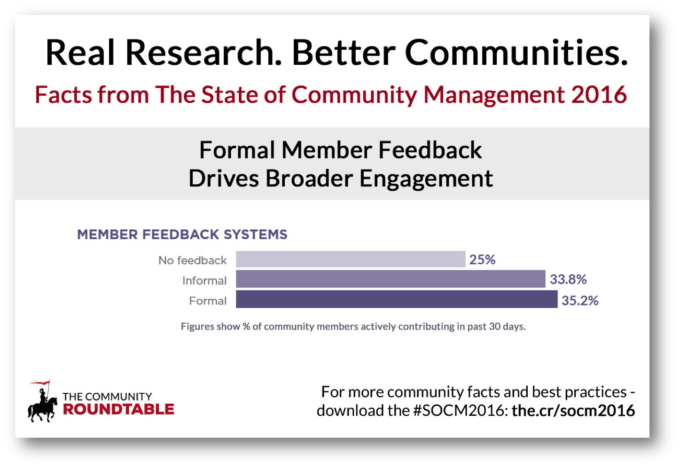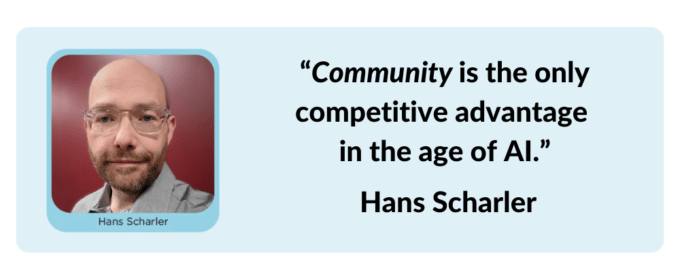
We firmly believe that AI is NOT coming for the community manager jobs. In fact, the potential for AI to help community professionals extend their impact is huge. But for a lot of us, it’s unclear how to even start with AI. So, we decided to bring in some experts.
Hans Scharler is a MathWorks Community Strategy Leader and Chen Lin is a MathWorks Product Manager for MATLAB Central (and a member of TheCR Network.) They contributed a straight-forward look at Why Community Matters (More Now) in The Era of AI in the 2023 State of Community Management Report (get your copy here) and shared four easy prompts for how you can start to use AI like ChatGPT in your community program.
Once you get comfortable with the basics of AI prompting, try some prompt engineering to help you as a community manager. (Not comfortable with ChatPGT/the basics of prompting? Check out the pull-out AI guide in the on pages 59-60 for the 2023 report!)
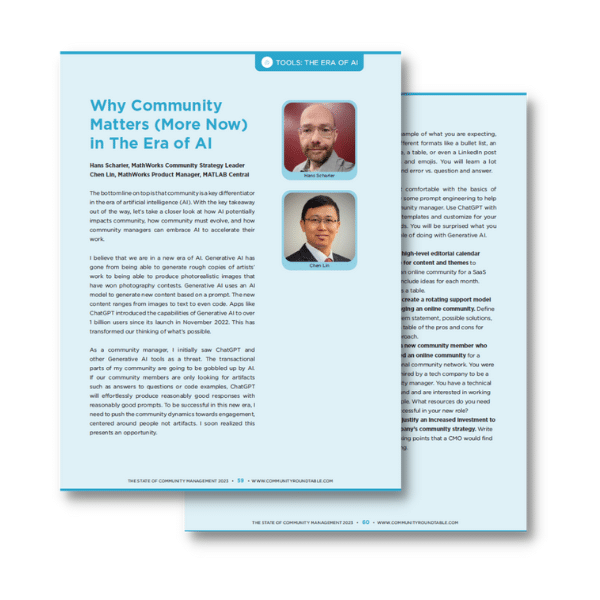
Four AI Prompts for Community Managers
Use ChatGPT with the these four AI prompts for community managers below and customize for your particular needs. You will be surprised what you are now capable of doing with Generative AI.
- Define a high-level editorial calendar template for content and themes to support an online community for a SaaS startup. Include ideas for each month. Output as a table.
- Help me create a rotating support model for managing an online community. Define the problem statement, possible solutions, include a table of the pros and cons for each approach.
- Act like a new community member who just joined an online community for a professional community network. You were recently hired by a tech company to be a community manager. You have a technical background and are interested in working with people. What resources do you need to be successful in your new role?
- Help me justify an increased investment to our company’s community strategy. Write three talking points that a CMO would find compelling.
If you are just starting out, reset your expectations. ChatGPT is not designed to do your work, but to accelerate your work. You still need the ideas, you just need to learn how to express them as prompts. Another thing to remember is that it is a living conversation. The first response might not be quite right, so try again, ask ChatGPT for variations, provide more details or context, and ask for different formats like a bullet list, an email template, a table, or even a LinkedIn post with hashtags and emojis. You will learn a lot through trial and error vs. question and answer so keep trying!
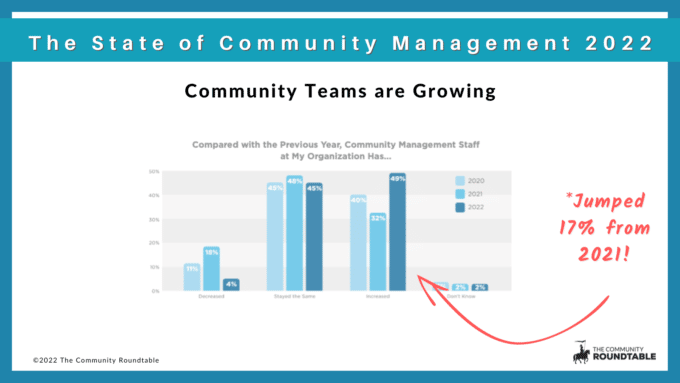
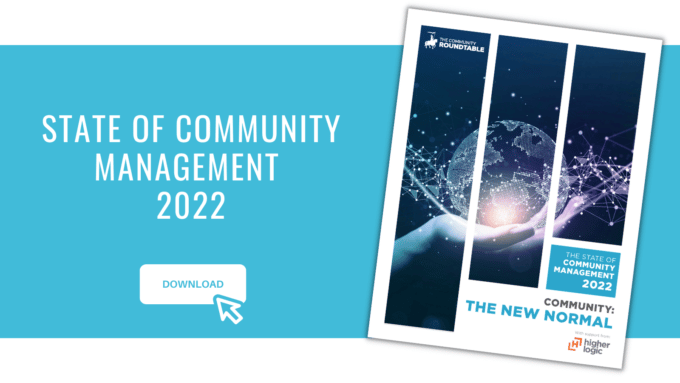
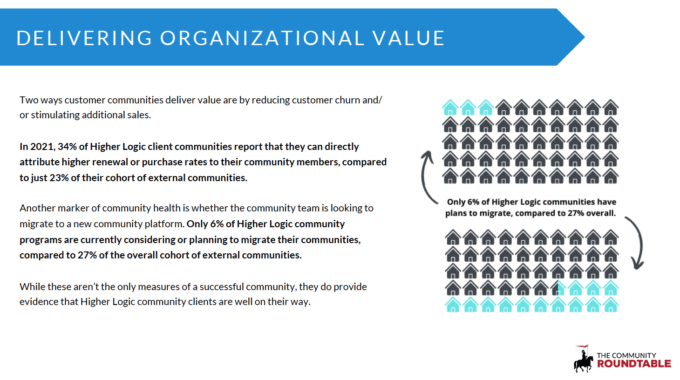
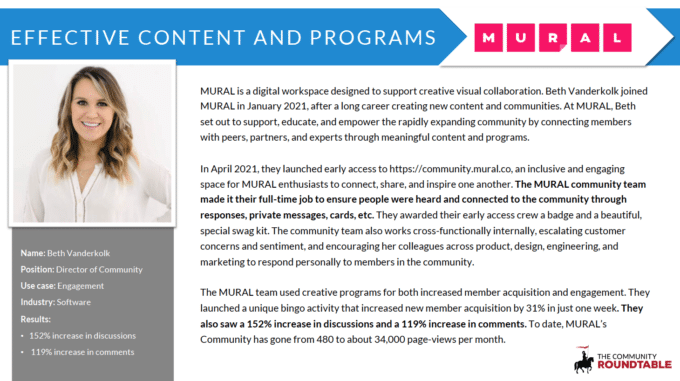
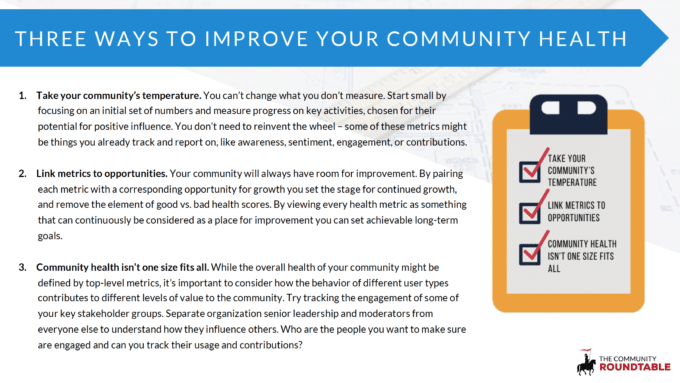
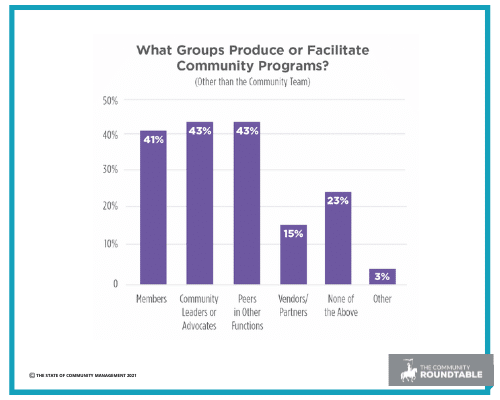

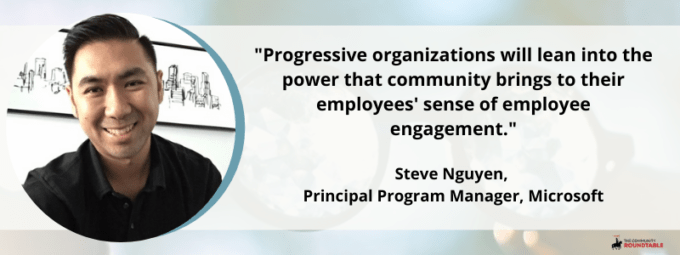
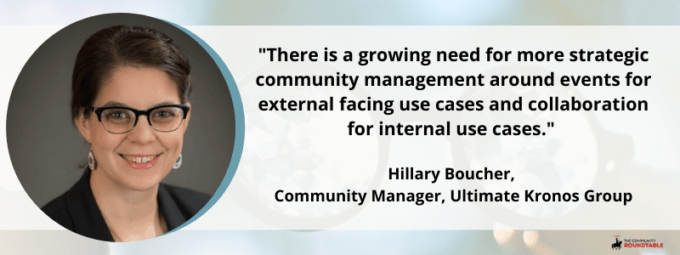
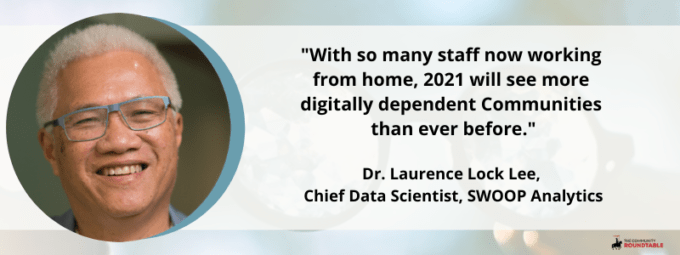
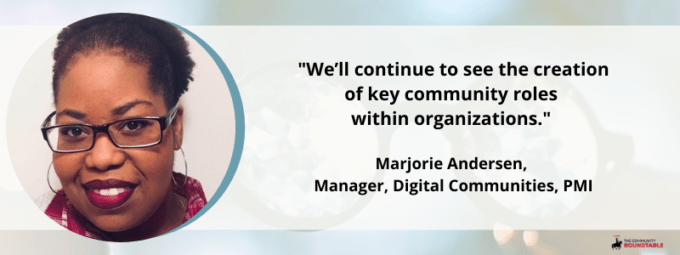
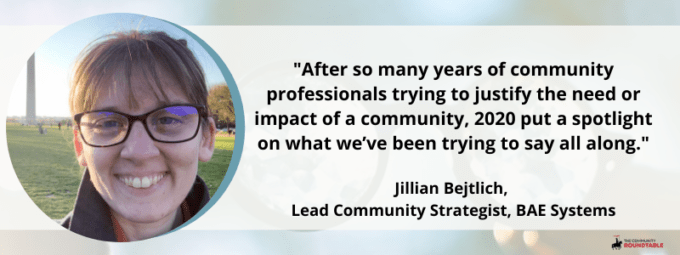
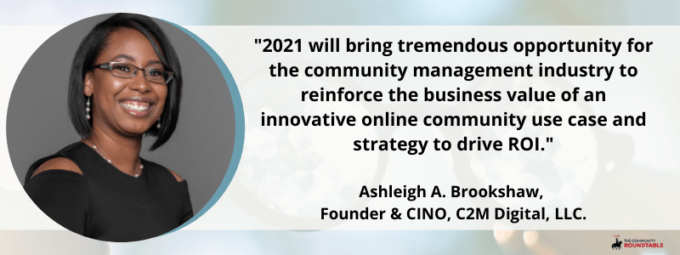
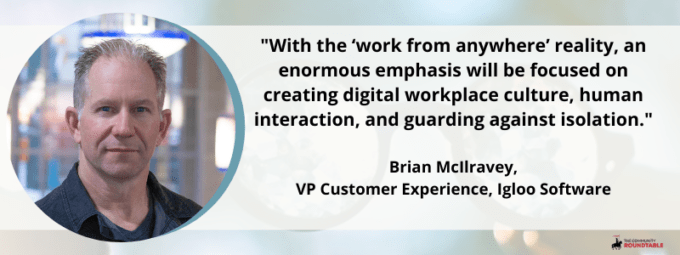
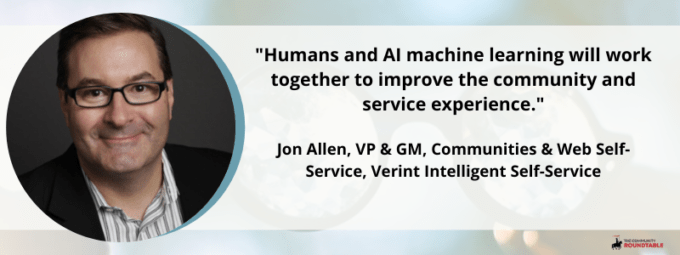
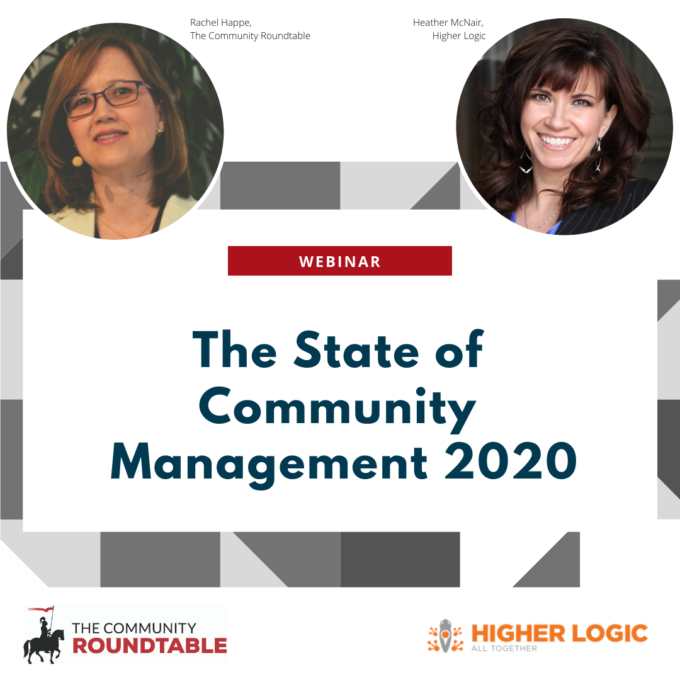
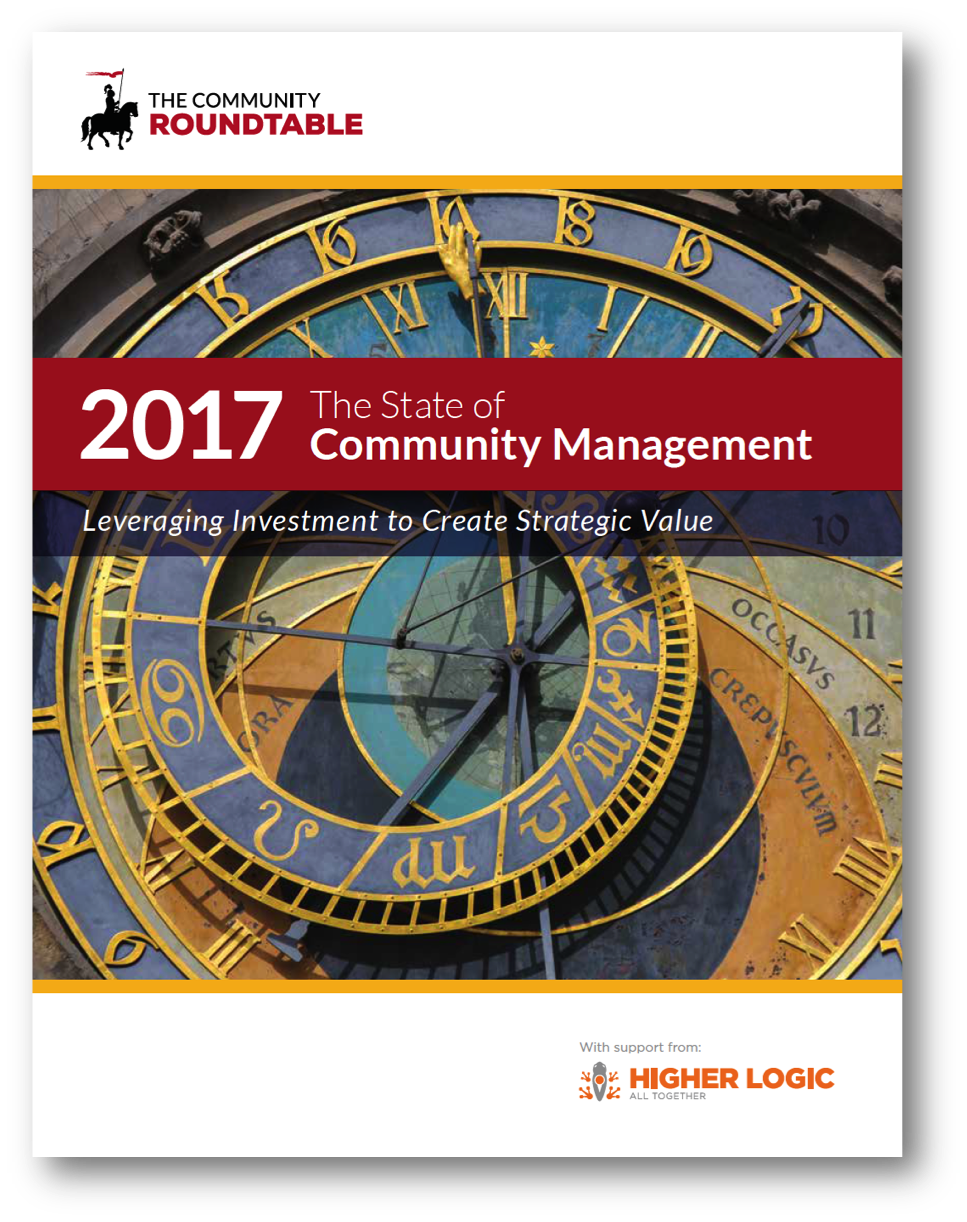
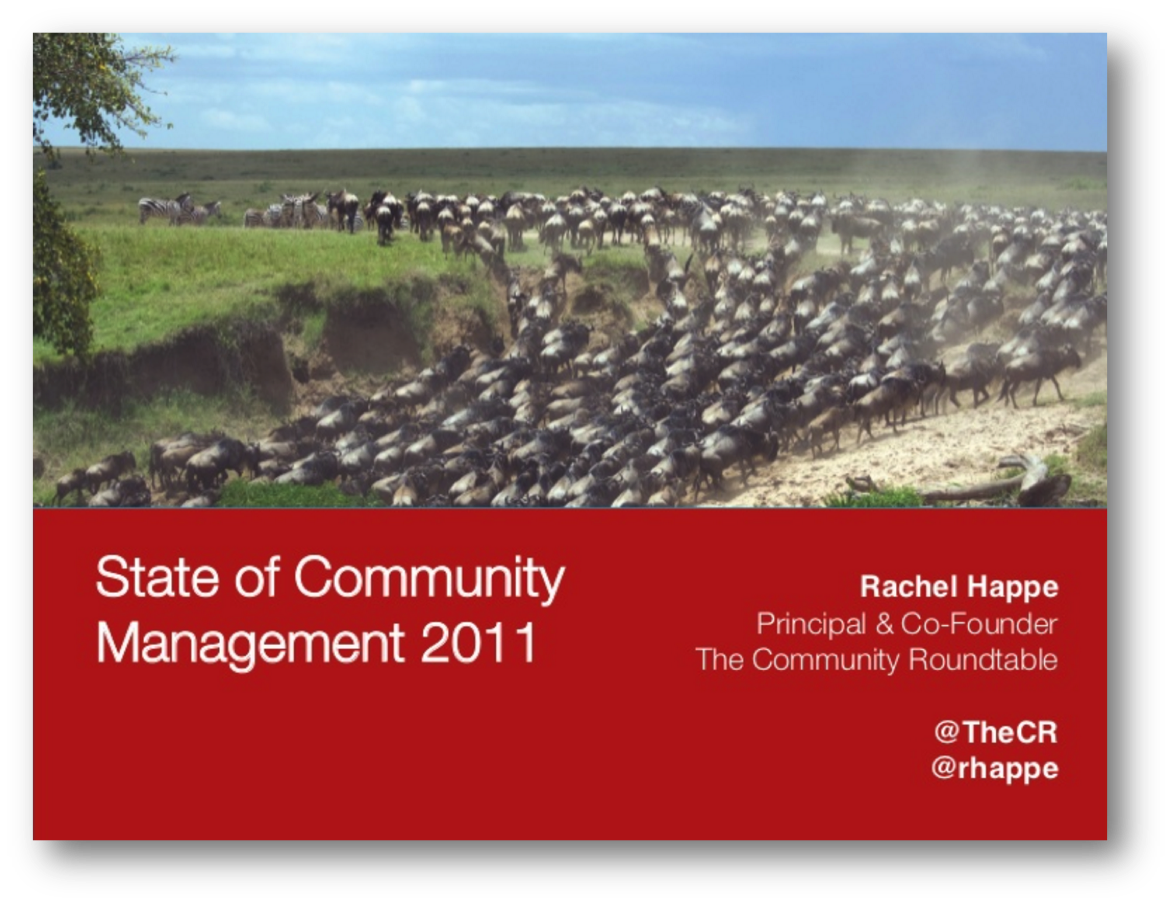
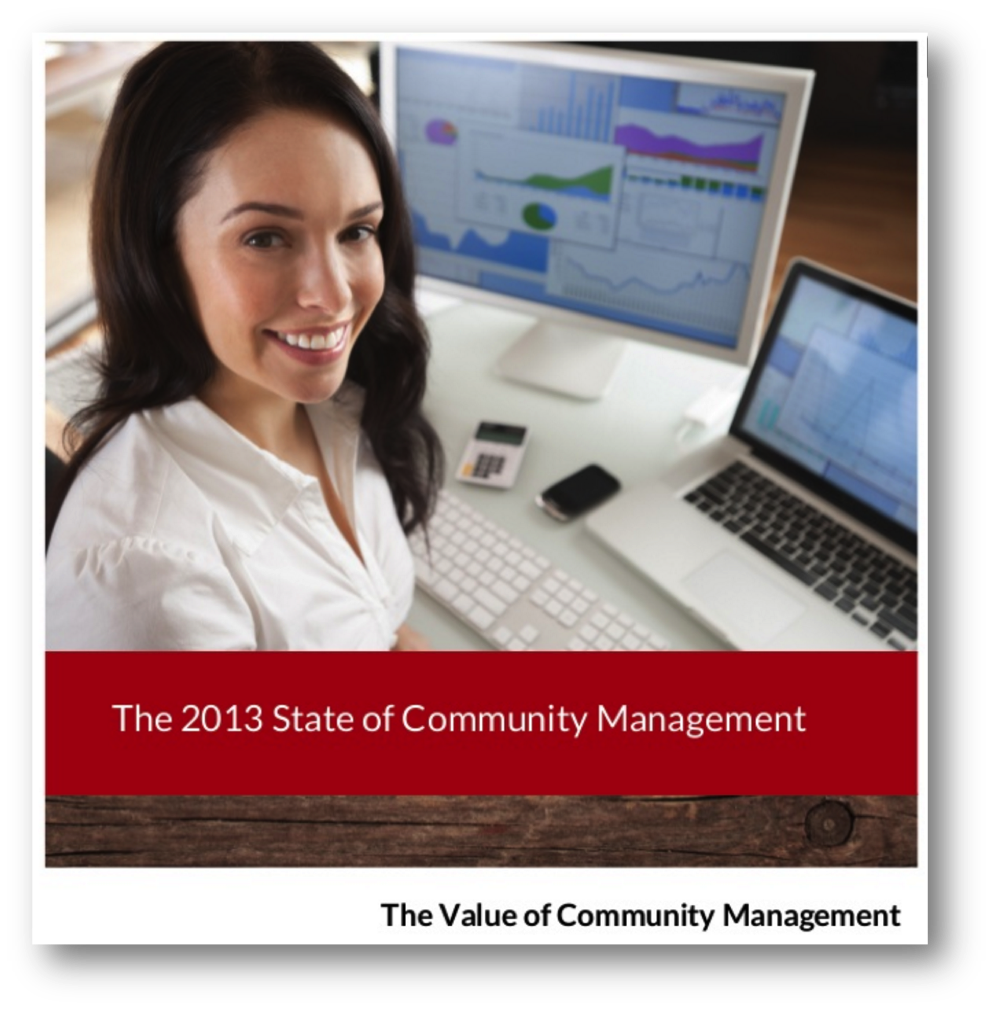
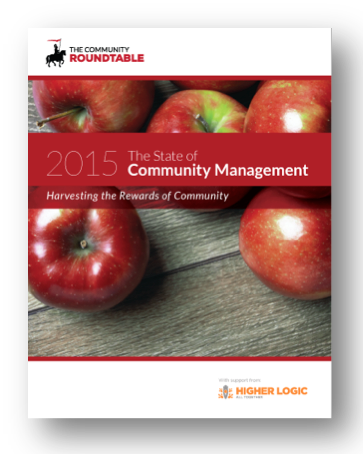
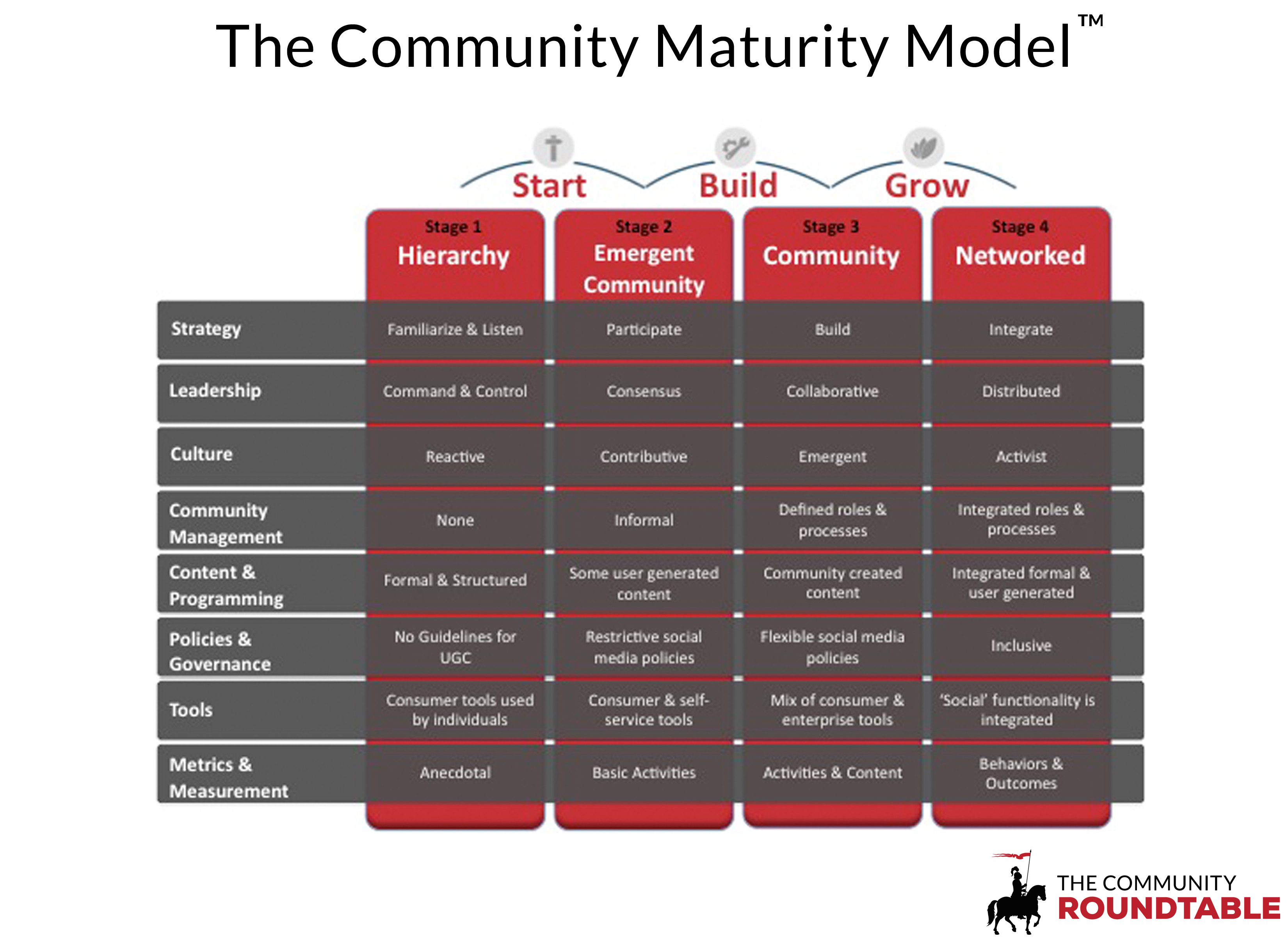

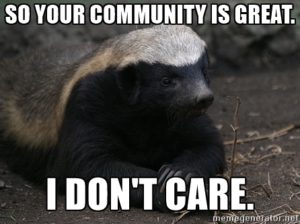 Convincing skeptics about the value of community is a part of the job for all too many community managers. When faced with adversity, there’s almost a “fight or flight” choice. The “fight” choice in this case is to strive to win converts and create a better vibe for the community. The “flight” response is to turn inward, recognize the difficulty of engaging the larger organization and focus on creating the best possible community.
Convincing skeptics about the value of community is a part of the job for all too many community managers. When faced with adversity, there’s almost a “fight or flight” choice. The “fight” choice in this case is to strive to win converts and create a better vibe for the community. The “flight” response is to turn inward, recognize the difficulty of engaging the larger organization and focus on creating the best possible community.
